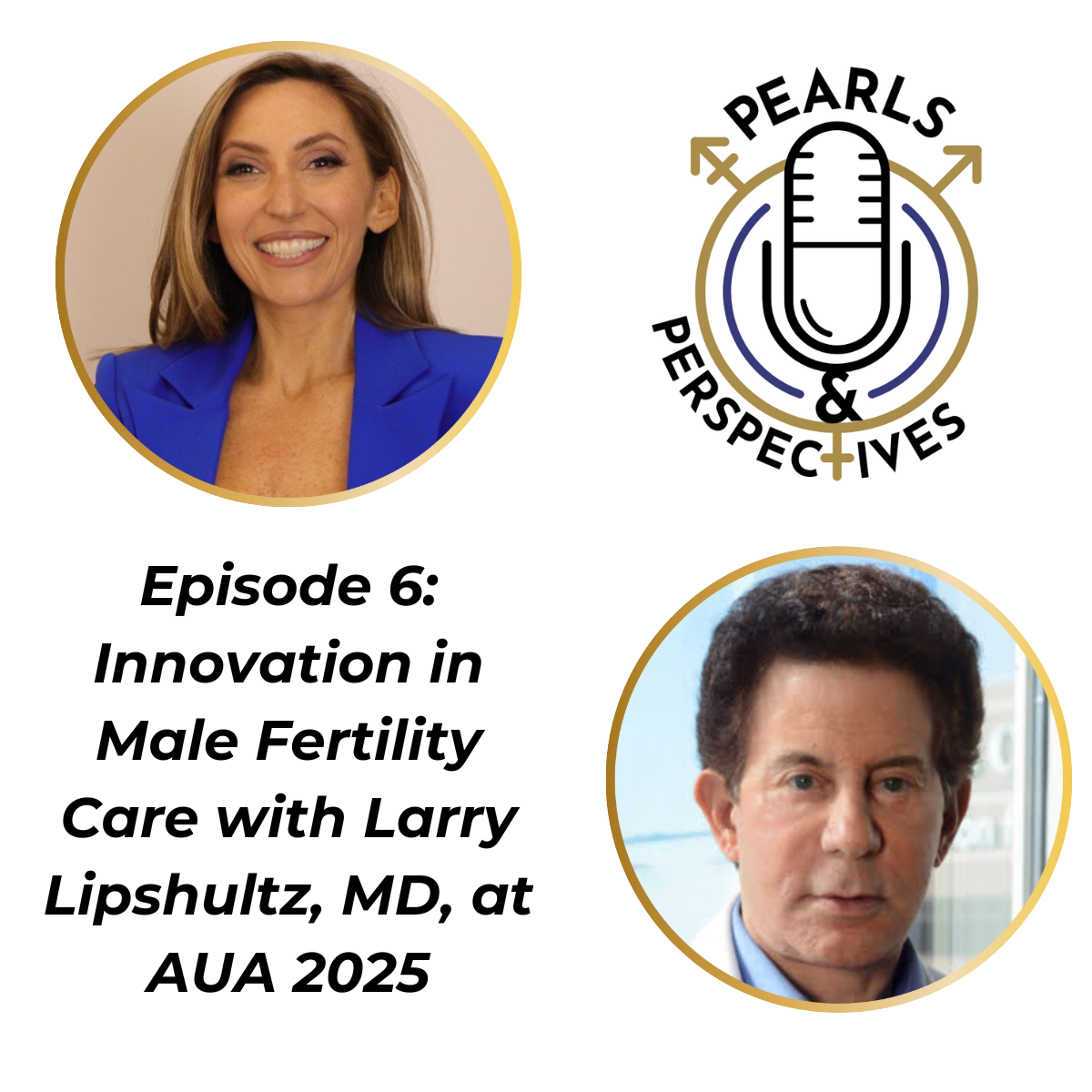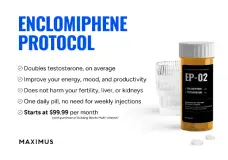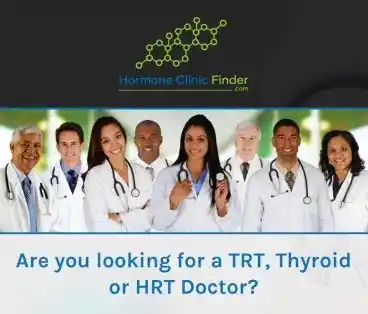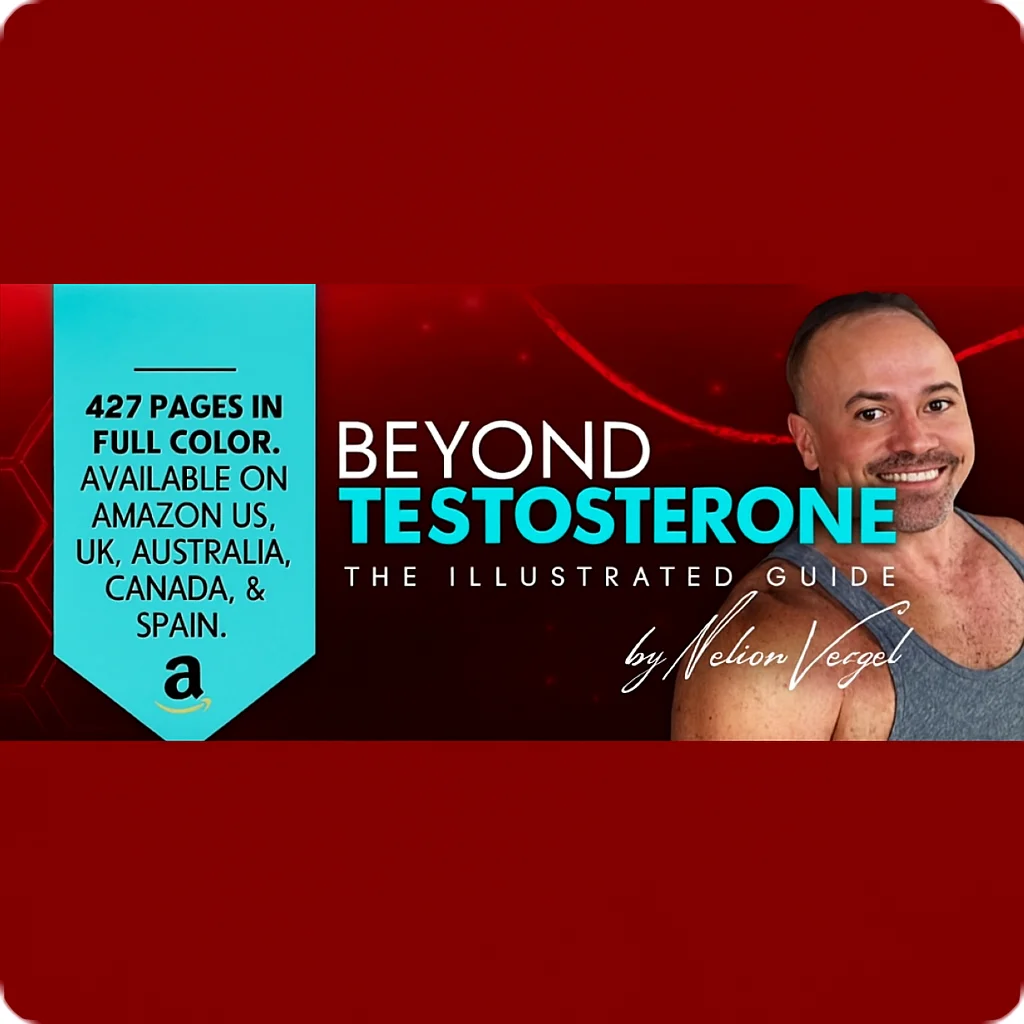madman
Super Moderator
* Despite similar effects on serum testosterone and testicular volume, combined hCG/FSH appeared more efficacious than hCG alone at inducing spermatogenesis.
Author Block: Christopher Alan Muir, MBBS1, Ting Zhang, PhD2, Veena Jayadev, MBBS2, Ann Conway, MBBS2, David J. Handelsman, MBBS, PhD, FRACP, FAHMS3. 1University of New South Wales, Darlinghurst, Australia, 2Concord Repatriation General Hospital, Sydney, Australia, 3Anzac Research Institute, Sydney, Australia.
Disclosure Block: C.A. Muir: None. T. Zhang: None. V. Jayadev: None. A. Conway: None. D.J. Handelsman: None.
Introduction
Hypogonadotropic hypogonadism (HH) is the sole treatable cause of non-obstructive azoospermic male infertility. Gonadotropin treatment can successfully induce spermatogenesis in most patients, although comprehensive quantitative summary data on spermatogenic outcomes required to induce pregnancy is lacking in the literature.
Methods
Systematic review and meta-analysis of outcomes related to male reproductive function following gonadotropin treatment.
Results
Our search strategy identified 39 studies encompassing 1641 patients with a mean age of 25 (±5) years. Average sperm concentration achieved after a median 18 months of gonadotropin treatment was 11.6 M/mL of ejaculate (95% CI 8.1-15.0). Sperm concentrations >0 M/mL, >1 M/mL, >5 M/mL, >10 M/mL, and >20 M/mL were achieved by 77%, 51%, 32%, 23%, and 15% of patients, respectively. Mean sperm output and the proportion of patients achieving all sperm thresholds was significantly greater following combined hCG/FSH treatment compared to hCG monotherapy. By diagnosis, patients with congenital HH (CHH) had significantly lower mean sperm output compared to patients with hypopituitarism or mixed patient cohorts that did not differentiate between CHH and hypopituitarism. Treatment-related increases in testosterone and testicular volume were not different between hCG and combined hCG/FSH treated patients, although increases in TV were significantly lower in men with CHH compared to those with hypopituitarism as a cause of HH.
Conclusions
Gonadotropin treatment successfully induced spermatogenesis in most men with pathological gonadotropin deficiency. Sperm outputs more consistent with those needed to induce a natural pregnancy were less commonly achieved. Despite similar effects on serum testosterone and testicular volume, combined hCG/FSH appeared more efficacious than hCG alone at inducing spermatogenesis.
Author Block: Christopher Alan Muir, MBBS1, Ting Zhang, PhD2, Veena Jayadev, MBBS2, Ann Conway, MBBS2, David J. Handelsman, MBBS, PhD, FRACP, FAHMS3. 1University of New South Wales, Darlinghurst, Australia, 2Concord Repatriation General Hospital, Sydney, Australia, 3Anzac Research Institute, Sydney, Australia.
Disclosure Block: C.A. Muir: None. T. Zhang: None. V. Jayadev: None. A. Conway: None. D.J. Handelsman: None.
Introduction
Hypogonadotropic hypogonadism (HH) is the sole treatable cause of non-obstructive azoospermic male infertility. Gonadotropin treatment can successfully induce spermatogenesis in most patients, although comprehensive quantitative summary data on spermatogenic outcomes required to induce pregnancy is lacking in the literature.
Methods
Systematic review and meta-analysis of outcomes related to male reproductive function following gonadotropin treatment.
Results
Our search strategy identified 39 studies encompassing 1641 patients with a mean age of 25 (±5) years. Average sperm concentration achieved after a median 18 months of gonadotropin treatment was 11.6 M/mL of ejaculate (95% CI 8.1-15.0). Sperm concentrations >0 M/mL, >1 M/mL, >5 M/mL, >10 M/mL, and >20 M/mL were achieved by 77%, 51%, 32%, 23%, and 15% of patients, respectively. Mean sperm output and the proportion of patients achieving all sperm thresholds was significantly greater following combined hCG/FSH treatment compared to hCG monotherapy. By diagnosis, patients with congenital HH (CHH) had significantly lower mean sperm output compared to patients with hypopituitarism or mixed patient cohorts that did not differentiate between CHH and hypopituitarism. Treatment-related increases in testosterone and testicular volume were not different between hCG and combined hCG/FSH treated patients, although increases in TV were significantly lower in men with CHH compared to those with hypopituitarism as a cause of HH.
Conclusions
Gonadotropin treatment successfully induced spermatogenesis in most men with pathological gonadotropin deficiency. Sperm outputs more consistent with those needed to induce a natural pregnancy were less commonly achieved. Despite similar effects on serum testosterone and testicular volume, combined hCG/FSH appeared more efficacious than hCG alone at inducing spermatogenesis.















